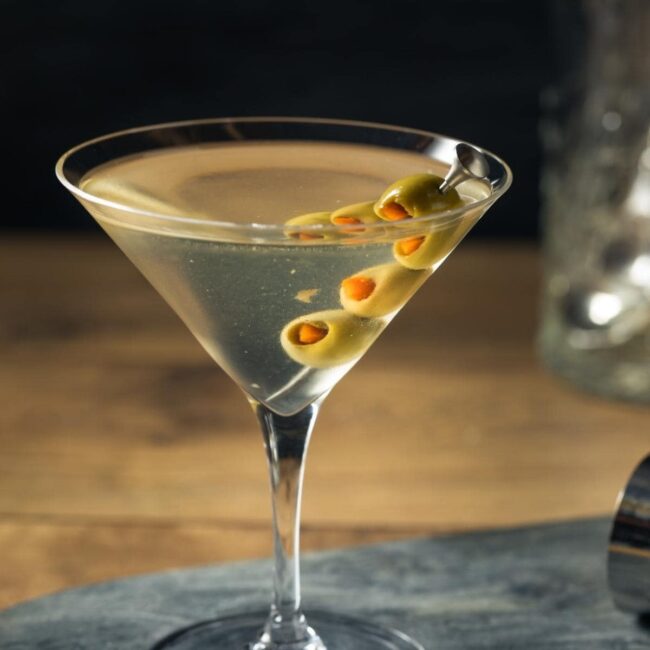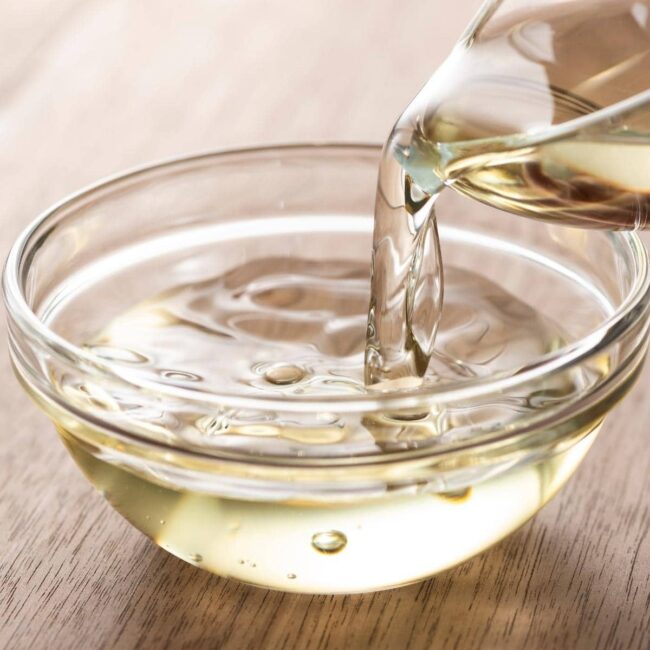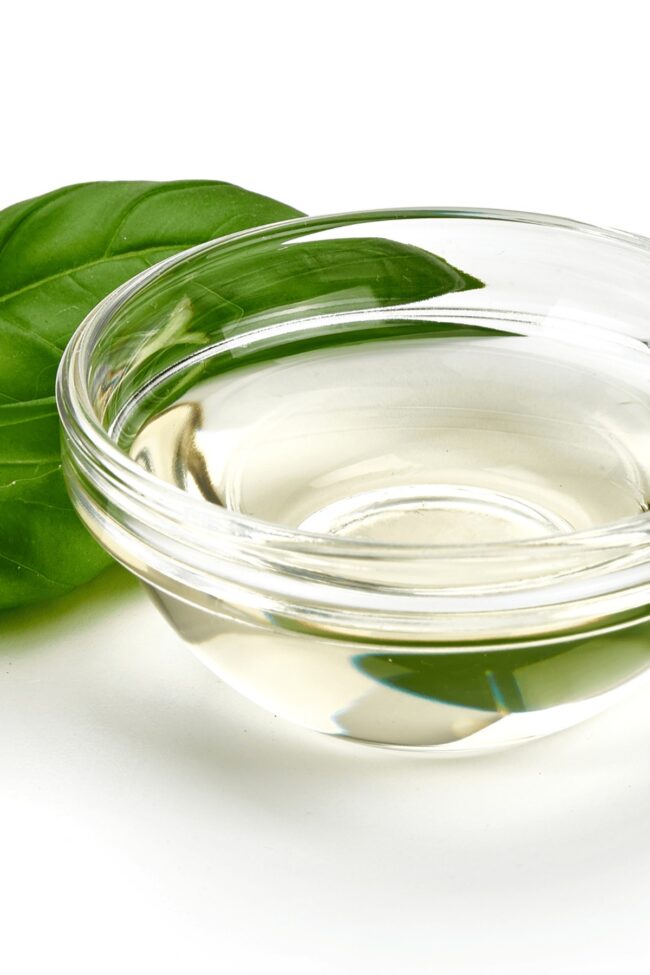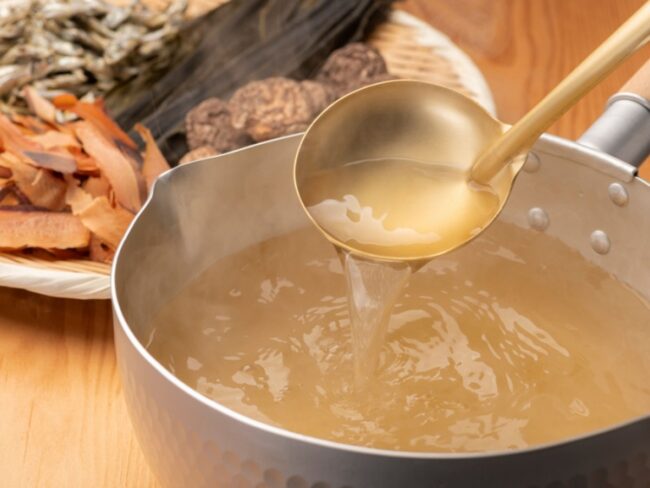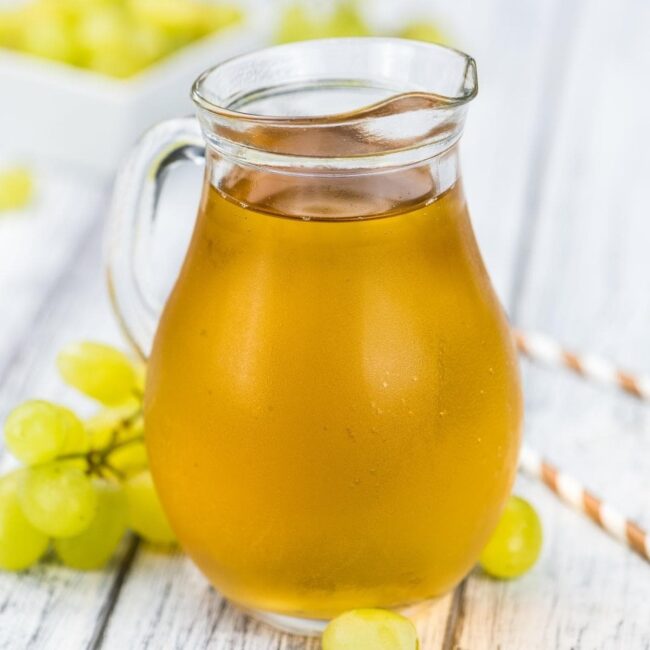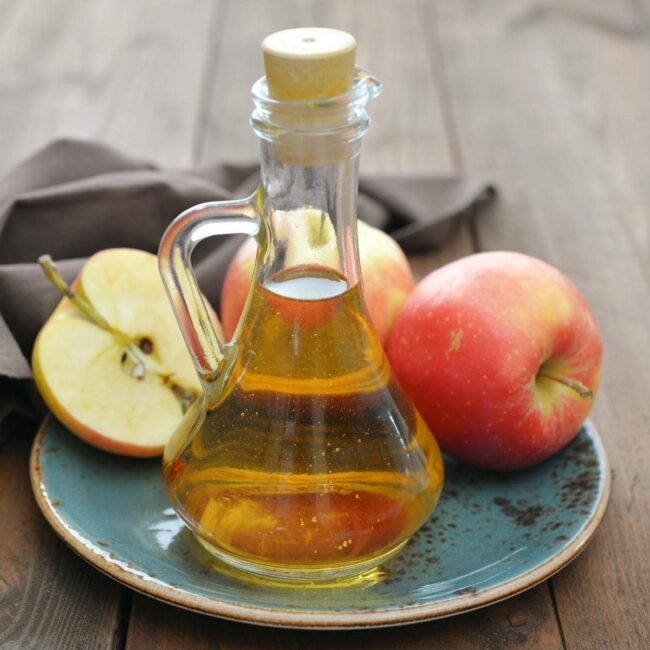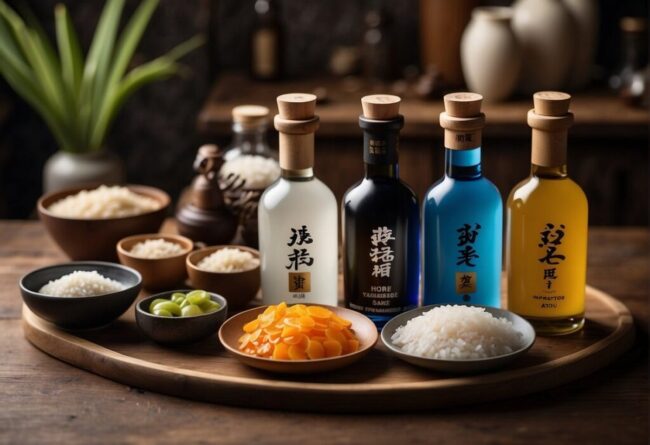10 Sake Substitutes for Cooking and Cocktail Creations
Sake substitutes offer a mix of delicate sweetness, subtle umami, and light acidity. Some options retain the smooth, fermented notes, while others bring a fruitier profile.
The right choice depends on the dish, whether it’s for deglazing, marinating, or sipping. A few alternatives work best in sauces, while some maintain the balance in broths.
Many options provide complexity without overpowering other ingredients. If you need a replacement, these 10 sake substitutes will fit seamlessly into your recipes:
An Overview of Sake
Understand what sake is, its types, and how it's used in cooking and beverages.
Where Sake Comes From
Sake is a traditional Japanese beverage crafted from fermented rice, celebrated for its rich cultural heritage. This unique drink plays an essential role in various rituals and celebrations across Japan, symbolizing purity and connection to the past.
With distinct flavor profiles ranging from sweet to dry, you can find varieties that pair beautifully with many dishes or are enjoyed on their own. The brewing process involves multiple fermentation stages, making each sip a testament to craftsmanship.
It's not just about taste; savoring sake offers insights into centuries of Japanese tradition and social gatherings.
How Sake is Made
The brewing process of sake is an intricate craft that demands precision and care. It begins with rice polishing, a crucial step where the bran is meticulously removed to influence the beverage's final profile.
Following this, fermentation takes place using water, yeast, and koji mold; each component plays a vital role in developing flavor complexity. The degree of rice polishing significantly impacts taste; more refined grains lead to lighter profiles while preserving the beloved umami notes characteristic of quality sake.
This careful transformation turns starches into alcohol, resulting in a drink celebrated for its depth and character.
The Taste of Sake
Sake is a Japanese rice wine celebrated for its diverse flavor profile, which spans from sweet to dry and often features intriguing floral, fruity, and earthy undertones. With an alcohol content that generally falls between 15% and 20%, it offers a unique experience for enthusiasts.
The distinct umami flavor arises from amino acids produced during fermentation, enhancing its ability to pair beautifully with many types of cuisine. This rich complexity not only makes sake enjoyable on its own but also positions it as a versatile companion to elevate your meals effortlessly.
Whether you're enjoying sushi or grilled meats, the nuanced flavors of sake can truly enhance every dining occasion.
Different Types of Sake
Sake comes in various forms, each providing a distinct taste experience:
Recognizing these differences deepens one’s enjoyment of sake's unique qualities.
Cooking with Sake
Discover how to incorporate sake into your culinary creations for added depth of flavor.
Cooking with Sake in Japan
Incorporating sake into your Japanese cooking can truly enhance the taste of various dishes. This versatile ingredient adds a hint of sweetness while effectively neutralizing strong fish smells, which is particularly beneficial in seafood preparations.
Sake serves as an essential element for achieving depth and richness, whether you’re making teriyaki or a flavorful dipping sauce for tempura.
Utilizing sake allows each dish to come alive with its unique characteristics, transforming everyday meals into something special. Its ability to meld with different ingredients makes it indispensable in crafting authentic flavors within your culinary creations.
Using Sake for Marinades
Using sake as a marinade offers an exceptional way to enhance your meals. This Japanese ingredient not only tenderizes proteins but also brings forth rich umami notes that elevate the overall taste profile. The alcohol in sake effectively softens tough meat fibers, resulting in juicier dishes.
This simple approach can transform everyday cooking into something special.
Adding Sake to Sauces and Broths
Adding sake to your sauces and broths enhances the overall flavor profile with a distinct umami touch. The mild sweetness balances salty elements, making dishes more satisfying.
Here’s how you can utilize sake effectively:
Alcohol-Based Substitutes for Sake
These alcoholic alternatives bring a similar depth and flavor to your dishes.
Dry Sherry
Dry sherry serves as an excellent alternative to sake in various recipes, offering a flavor profile that mirrors its Japanese counterpart. The nutty undertones combined with a hint of sweetness allow it to enhance the overall taste of your dishes effortlessly.
When substituting dry sherry for sake, use equal amounts but feel free to modify based on your culinary needs and preferences. This fortified wine can elevate sauces or marinades while adding depth without overwhelming other ingredients.
Its versatility makes it suitable for both savory and sweet applications in cooking and baking alike. You’ll find this substitute not only convenient but also enriching for any dish you prepare.
White Wine
White wine serves as an excellent alternative to sake, especially when you're looking for a flavorful option. Its origins from fermented grapes lend a fruity essence that can closely resemble the mild sweetness of sake while introducing its own character.
Opting for dry white wine helps maintain balance in your dishes without overwhelming them. When using this substitute, sticking to equal parts ensures compatibility with most recipes, though adjusting based on flavor strength may enhance your culinary creation further.
This choice opens up new dimensions in taste while keeping the integrity of your meal intact.
Dry Vermouths
Dry vermouth serves as a versatile alternative to sake, offering unique herbal notes and depth. This fortified white wine is crafted with aromatic botanicals that can elevate your dishes in exciting ways.
When swapping dry vermouth for sake, use an equal amount to maintain the intended flavor profile while enhancing complexity. It's particularly suited for recipes where a stronger taste will complement rather than overwhelm the dish at hand.
Your culinary creations benefit from its boldness without straying too far from traditional flavors found in Japanese cuisine. With this substitute on hand, you’ll find new layers of taste emerging effortlessly in your meals.
Mirin
Mirin serves as a versatile alternative to sake, particularly in glazes and marinades where sweetness can enhance the overall flavor profile. With its rich taste and lower alcohol content, mirin brings out similar savory notes that you find in traditional sake.
To maintain balance in your dish, adjusting the amount of mirin slightly down is advisable due to its higher sugar level. This substitution not only helps achieve a comparable depth but also adds an intriguing layer of flavor that complements various ingredients beautifully.
Using mirin opens up creative possibilities for crafting delicious Asian-inspired meals effortlessly.
Non-Alcoholic Replacements for Sake
Cooking without alcohol? These substitutes work well in place of sake.
Rice Wine Vinegar
Rice wine vinegar serves as an excellent non-alcoholic alternative to sake, offering a tangy profile that closely resembles the original flavor. This substitute captures the essential qualities of sake without any alcohol content, making it suitable for various culinary applications.
Choosing unseasoned varieties ensures your dish remains true to its intended taste without unexpected sweetness or saltiness from added ingredients. Diluting one part rice wine vinegar with three parts water helps balance its sharpness while keeping its aromatic notes intact.
You can seamlessly incorporate this into marinades, dressings, or sauces for dishes where you want that signature umami touch minus the alcohol kick. A simple switch like this keeps your recipes authentic and enjoyable.
Other Non-Alcoholic Beverages
Non-alcoholic sake alternatives are beverages that replicate the unique taste profile of traditional sake without the alcohol content. Broth stands out as a savory option, delivering an umami richness that's often sought after in culinary creations.
Non-alcoholic wines or verjus offer a sophisticated touch reminiscent of wine while steering clear of any intoxicating effects, although they may include added sugars for balance. Diluted apple cider vinegar serves as another intriguing choice; when combined with water, it provides both sweetness and acidity to complement various dishes seamlessly.
Choosing the right alternative depends on your recipe’s flavor and texture requirements for optimal results in every preparation.
White Grape Juice
White grape juice stands out as an ideal alternative to sake, delivering a subtly sweet flavor with just the right touch of tartness. This option mirrors the delicate notes found in traditional sake and works wonderfully when sweetness is key in your recipe.
For a more authentic taste reminiscent of sake's profile, diluting it slightly with water or adding a dash of citric acid can enhance its acidity. This makes white grape juice not only versatile but also easy to incorporate into various dishes and beverages where you seek that unique flavor without alcohol.
Choosing this substitute allows for creativity while maintaining the essence needed for your culinary creations.
Apple Cider and Kombucha
Apple cider and kombucha serve as excellent non-alcoholic alternatives to sake, each bringing its unique character to dishes. The rich apple cider delivers a robust sweetness complemented by a hint of acidity, making it perfect for recipes that call for depth and flavor.
On the other hand, kombucha introduces an intriguing complexity with its effervescent nature and fermented notes, providing a delightful contrast in taste profiles when incorporated into meals or beverages. These substitutes not only enhance your culinary creations but also ensure everyone can enjoy them without alcohol.
Whether you're cooking or mixing drinks, these options offer versatility while maintaining an enjoyable experience.
How to Make Sake Substitutes at Home
Learn easy ways to create a homemade sake replacement from common pantry items.
DIY Non-Alcoholic Sake Alternative
A DIY non-alcoholic sake alternative serves as a practical substitute for traditional sake in various recipes, allowing you to enjoy the flavors without any alcohol content. Homemade kombucha made from black tea mirrors the fermentation process of sake, making it an excellent option for those looking to replicate that unique taste.
Alternatively, mixing rice wine vinegar with sugar offers a quick fix; simply blend three tablespoons of rice wine vinegar with one tablespoon of sugar and add water if needed for dilution. This mixture enhances dishes by providing a sweet and tangy flavor profile similar to what you’d expect from authentic sake.
Whether cooking or dressing your meals, this homemade solution effectively elevates your culinary creations while keeping them alcohol-free.
Creating Infused Sake Flavors
Creating infused sake flavors involves transforming everyday ingredients into an aromatic experience. Starting with dry white wine or Chinese rice wine as your base allows you to craft unique infusions that mimic traditional sake.
Infusing with herbs like basil or mint adds a refreshing note, while incorporating fruit peels or berries introduces sweetness and fragrance that's hard to resist. Edible flowers such as cherry blossoms elevate the drink further by contributing delicate aromas.
These flavorful wines serve not only as substitutes for sake but also enhance marinades and sauces, bringing both tenderness and depth to your dishes through their acidity.
Modifying Recipes with Different Seasonings
Learn how to adapt your recipes by using various seasonings and flavor enhancers.
How to Balance Flavors
Mimicking sake's umami flavor in your dishes requires attention to saltiness, sweetness, and acidity. Using unseasoned rice vinegar as a non-alcoholic alternative can enhance the taste profile of your meal while maintaining balance.
Diluting one part vinegar with three parts water helps tone down its sharpness; adding just a pinch of sugar brings it closer to that signature sake flavor you’re aiming for. Adjusting these elements allows you to recreate that depth often found in traditional recipes without alcohol interference.
This method not only elevates your dish but also makes it accessible for various dietary preferences.
Marinades Without Sake
Marinades using sake are enhanced with depth and complexity, making them a key component in many Asian dishes. Substituting dry sherry or apple cider vinegar can achieve similar results while offering a unique twist to your recipes.
Adjusting the quantity is essential since these alternatives pack more flavor; diluting them with water helps maintain balance. A teriyaki marinade benefits from this approach, as mixing apple cider vinegar with a hint of sugar creates an intriguing flavor profile that elevates your meal effortlessly.
You’ll find these alternatives not only versatile but also refreshing for new culinary adventures.
Changing Sauce and Broth Recipes
Sake substitutes offer an exciting opportunity to enhance your cooking. When a recipe calls for sake, both soy sauce and mirin can step in effectively; however, note that mirin introduces sweetness which may require you to lower the sugar content elsewhere in the dish.
For those seeking a more savory depth, incorporating small amounts of salt solutions can replicate that rich umami flavor typically imparted by sake. It’s essential to tailor these substitutions based on what you’re preparing and your individual taste preferences.
Keeping this reference handy ensures you're always ready to adapt your culinary creations with confidence.
Things to Consider When Replacing Sake
Find out what to keep in mind when choosing substitutes for sake in recipes.
Things to Consider When Cooking
Sake substitutes are essential in achieving the desired flavor and texture in your dishes.
For lighter meals featuring seafood or vegetables, mirin stands out with its sweet tanginess but should be used carefully due to its elevated sugar levels, which can impact the final outcome.
On the other hand, heartier recipes involving meats or mushrooms benefit from a non-sweet option like dry sherry that delivers a bold depth of flavor.
If you're opting for a non-alcoholic choice like rice wine vinegar, keep in mind it has sharper acidity; diluting it helps replicate sake’s subtler nuances effectively without overpowering your dish.
Best Pairings for Sake
Finding the right substitute for sake hinges on your main ingredients. Each food type benefits from a tailored replacement that enhances its unique characteristics without dominating the flavor profile.
How Much to Use as a Substitute
Sake substitutes play a crucial role in enhancing dishes with their unique characteristics. Adjusting the quantity of your chosen substitute ensures you achieve the right taste and mouthfeel for your culinary creation.
Start by considering how each alternative’s flavor profile, depth, and acidity influence the overall dish. Experimenting within suggested ratios allows you to tailor it perfectly to your palate while maintaining balance in flavors.
Fine-tuning these elements can elevate even simple recipes into memorable dining experiences.
Sake and Its Impact on Health
Explore the health aspects of consuming sake and its nutritional profile.
Alcohol Levels in Cooking
Using sake in your cooking can impact the alcohol content significantly as heat is applied. Knowing how much alcohol remains after different cooking methods helps you make better choices if you're watching what you consume. Here’s a simple breakdown of how various techniques affect alcohol levels:
Being aware of these details allows for mindful decisions while enjoying flavors from this unique ingredient.
Health and Nutrition Concerns
Sake is a traditional Japanese rice wine with unique brewing methods that influence its nutritional profile. Rich in antioxidants and amino acids, this beverage offers health benefits alongside its cultural significance.
While sake does provide trace elements beneficial to well-being, it typically carries more calories than many other alcoholic drinks due to the sugars from fermented rice. Enjoying sake mindfully allows you to appreciate its flavors while maintaining a balanced diet.
Understanding these aspects enhances your overall experience with this iconic drink.
Picking the Best Sake Substitute
Learn how to choose the most suitable alternative when sake isn't available.
What to Think About When Swapping
Sake offers a unique blend of mild sweetness and umami that enhances various dishes. For those seeking alternatives, several options mimic sake's characteristics well:



